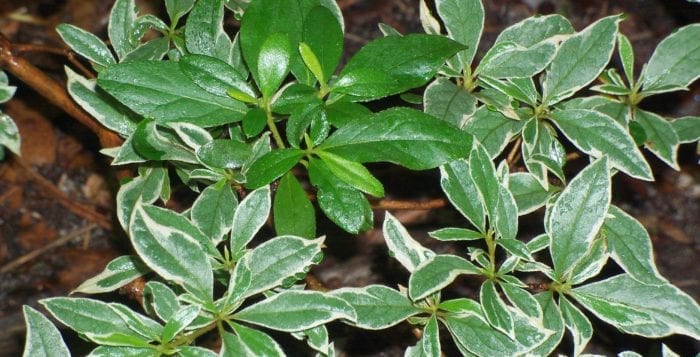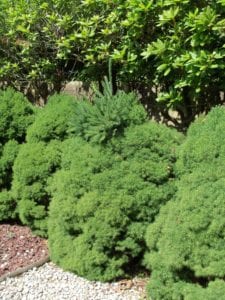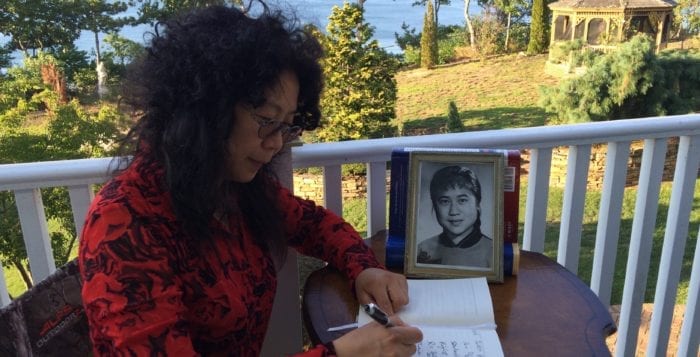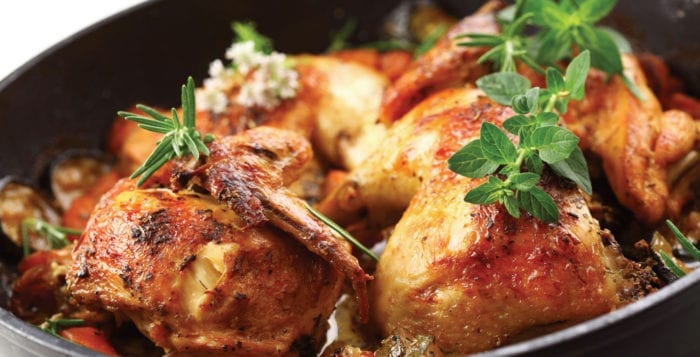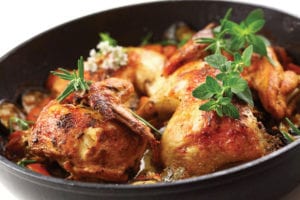By David Dunaief, M.D.
Donald Trump could learn a thing or two from Bill Clinton. No, we are not talking about politics; we are talking about health. Trump is a public persona, and his diet has been brought to the forefront. As was Clinton’s when he was the United States’ 42nd president. An Aug. 8 New York Times article discussed Trump’s love for fast food and his ironic obsession with cleanliness (1).
Trump’s approach to diet seems to be eerily similar to the standard American diet — with the added detriment of fast food. Though he likes the cleanliness of fast food chains, his arteries may not like the “dirtying” effect of atherosclerosis, or arterial plaques.
Admittedly, I don’t know anything about his family history, including whether or not cardiovascular disease is an issue; nor his blood chemistries, such as cholesterol levels; nor whether or not he has high blood pressure. However, one thing is clear: He is overweight with a significant amount of visceral fat, or belly fat. This type of body fat is considered the most dangerous because it surrounds the internal organs such as the heart (2). This promotes potential cardiovascular disease and diabetes.
For a long time, Bill Clinton also had a love for fast food and the standard American diet. However, this resulted in atherosclerosis, which caused significant blockage of coronary arteries and resulted in coronary artery bypass surgery involving four arteries in 2004. Since then, he has been on a mission to reform his diet. Through the influence of physicians like Drs. Dean Ornish and Caldwell Esselstyn, both advocates of plant-based diets, Clinton has done much better and lost significant weight, as well.
Thus, this is more about the standard American diet, with its high saturated fat, high sugar, refined grains, processed meats and elevated salt versus the nutrient-dense, more likely plant-based, approach with fruits, vegetables and whole grains and their respective effects on cardiovascular disease, atherosclerosis and even mortality.
These type of plant-based diets include the Mediterranean-type diet, the DASH diet, the Ornish diet and the Esselstyn diet.
If we look solely at the differences between saturated fats and unsaturated fats, a recent study involving over 120,000 participants showed that when just 5 percent of pure saturated fats in the diet were replaced with unsaturated fats, this resulted in a significant reduction in all-cause mortality of up to 27 percent over 32 years (3). For more details on this study analysis, see my recent article, “Let the dietary fat wars begin,” which can be found online at www.tbrnewsmedia.com.
I am a firm believer in leading by example. I think it is a powerful way to get patients to follow through with lifestyle changes, especially diet and exercise. That is why the dietary changes I ask my patients to make, I also have been following for years.
Data on cardiovascular disease
Recently, the Centers for Disease Control and Prevention released data about cardiovascular disease that is downright depressing. From 2000 to 2010, the risk of dying from this disease was decreasing by almost 4 percent a year in both men and women (4). However, from 2010 to 2014, this decrease slowed precipitously to 0.23 percent in men and 1.17 percent in women. The reason for this slowdown is that we may have reached a ceiling in the effectiveness of traditional medical interventions. The suggestions are that we concentrate more efforts on lifestyle modifications, specifically diet, physical activity and not smoking.
At the same time, 2011-2012 NHANES data showed a significant increase in obesity and diabetes (5). The bad news is we have not changed our lifestyles enough, especially diet. The good news is that there is a large upside for change and progress!
Reversing heart disease
This research includes both Ornish and Esselstyn. Both physicians have shown it is possible, through a plant-based approach, to have a significant impact on cardiovascular disease, reversing atherosclerosis and preventing a cardiovascular event such as a heart attack.
Esselstyn’s research includes a small study with 24 of his own patients (6). Of these, 18 patients completed the five-year study. These 18 patients had experienced 49 cardiovascular events in the previous eight years. Results show that with a plant-based diet, none of the 18 had a cardiovascular event. Eleven patients chose to have angiographic analysis to determine stenosis, or blockage. None of the 11 progressed; in fact, eight showed regression in atherosclerosis.
Though this was a small study with no control group, the duration, the reversal of atherosclerosis at the study end point and the severity of cardiovascular disease prior to the study make these results intriguing and impressive.
This study was extended to 12 years with similar results and only one additional patient dropping out. Interestingly, those who discontinued the study had a subsequent total of 13 cardiovascular events. One of the key study markers was keeping total cholesterol to lower than 150 mg/dL. The diet emphasized fruits, vegetables, beans, legumes and whole grains.
Then, Esselstyn’s group looked at 198 patients with cardiovascular disease (7). The results were similar to the smaller initial study, with those in the adherent group following a nutrient-dense, plant-based diet experiencing a most astonishing cardiovascular event rate of only 0.6 percent, while the 21 who were nonadherent (the unbeknownst control group, per se) experienced an event rate of 62 percent over 3.7 years.
What about Ornish’s research? Not surprisingly, the results were very similar to Esselstyn’s. In the Ornish study, results showed a reversal in atherosclerosis of 7.9 percent in the treatment group compared to baseline, whereas those in the control arm over the same period showed a 27.7 percent increase in atherosclerosis or plaques in the arteries (8). Also, the control group experienced more than two times as many cardiovascular events as seen in the treatment group. The patients in the treatment group were on a plant-based diet.
There were 48 patients with moderate to severe cardiovascular disease at the beginning of the study, with 28 patients in the treatment group and 20 assigned to the control arm. Of these patients about 75 percent in each group completed the study. The duration of the study was five years. Again, these results are intriguing, and each study reinforces the others.
A clinical example
In my practice, I recently had a 69-year-old white male patient with cardiovascular disease and an extensive family history of the disease, who went to the cardiologist prior to working with me. The initial carotid Doppler (sonogram of the neck arteries) showed a 16 to 50 percent blockage in both carotid arteries. After a year, the carotid Doppler results had been reduced to between 1 and 15 percent blockages in both carotid arteries. The patient’s total cholesterol had dropped to 146 mg/dL, and this result included discontinuing his cholesterol medication, though it was not a statin. Of course, this is anecdotal, but it is consistent with the results mentioned in the studies above.
In conclusion, now you see why Bill Clinton followed the advice of at least two very wise physicians after his quadruple bypass surgery. Lifestyle with a nutrient-dense, plant-based diet not only can prevent cardiovascular disease but may be able to arrest and even reverse plaques in the arteries. Trump would be wise to follow suit and focus on cleanliness of his arteries rather than just cleanliness of the restaurant, as we all would.
References: (1) NYTimes.com. (2) Crit Pathw Cardiol. 2007;6(2):51-59. (3) JAMA Intern Med. 2016;176(8):1134-1145. (4) JAMA Cardiol. online June 29, 2016. (5) cdc.gov/nchs/nhanes. (6) J Fam Pract. 1995;41(6):560-568. (7) J Fam Pract. 2014;63(7):356-364b. (8) JAMA. 1998;280(23):2001-2007.
Dr. Dunaief is a speaker, author and local lifestyle medicine physician focusing on the integration of medicine, nutrition, fitness and stress management. For further information, visit www.medicalcompassmd.com or consult your personal physician.


